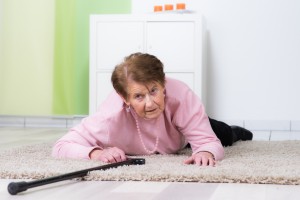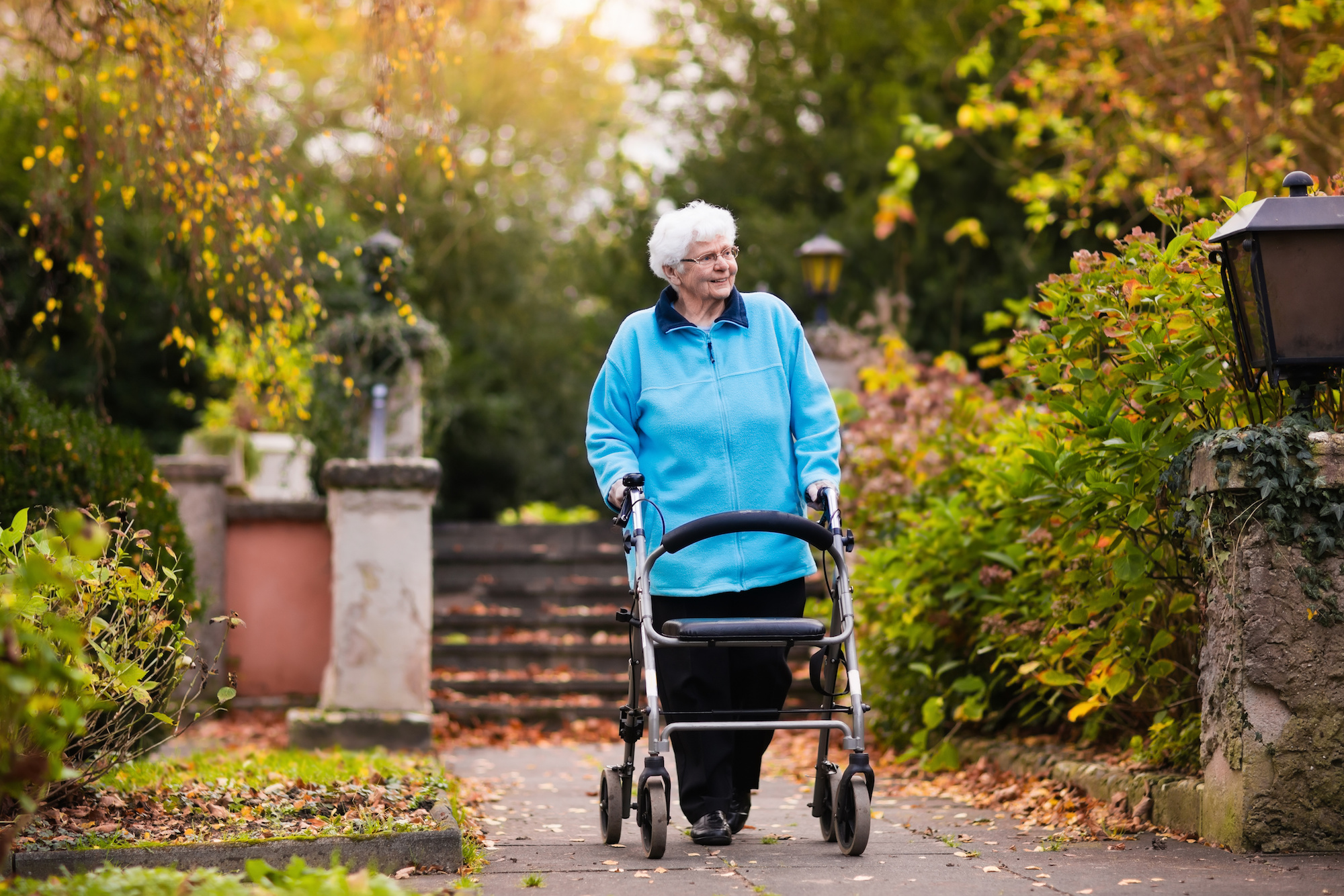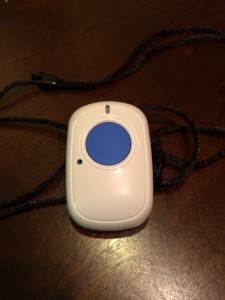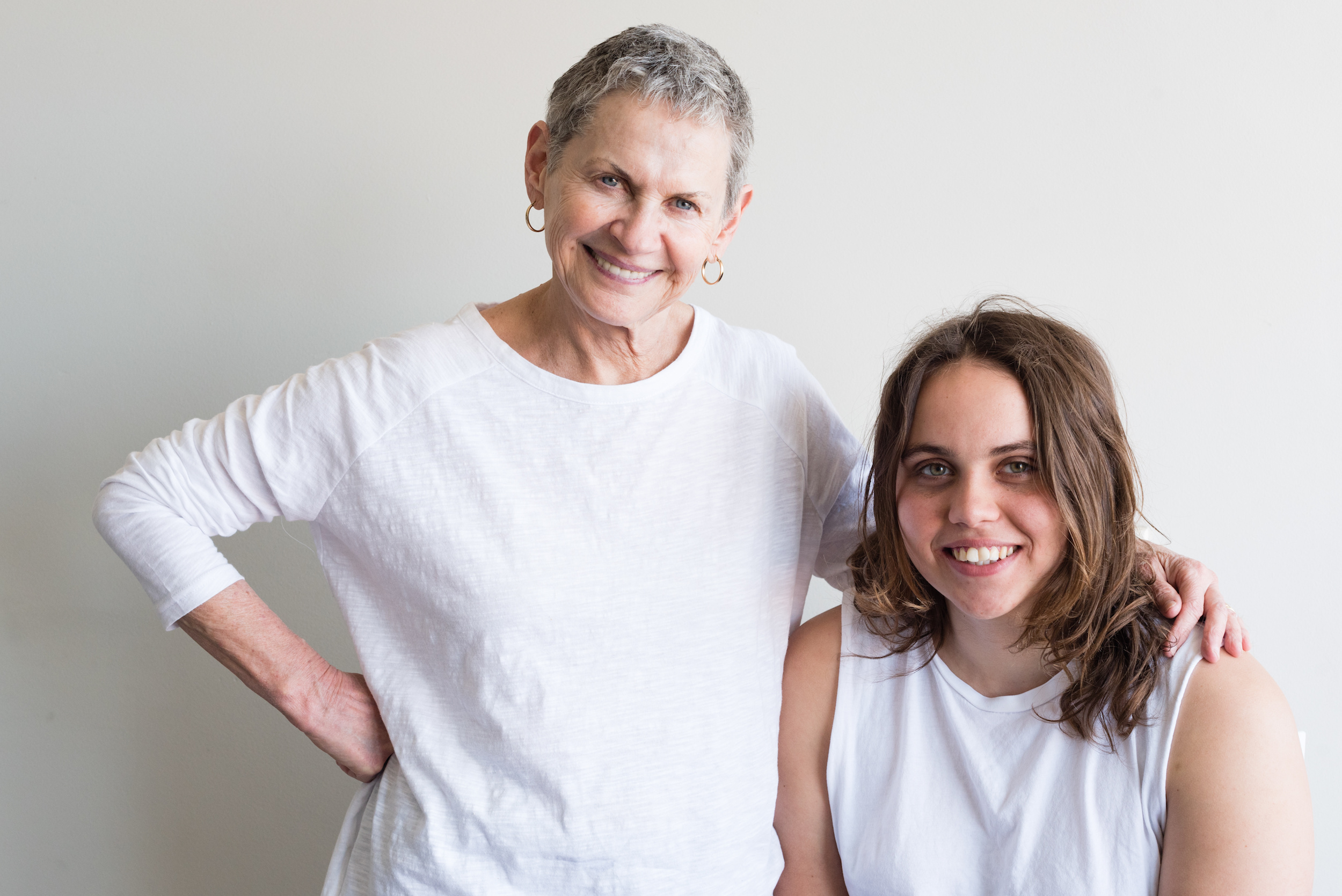Senior Falls on the Rise in America
 Falls are the number one cause of injury and death among senior citizens in America. As stated in a press release by the Centers for Disease Control and Prevention (CDC), an older adult falls in the U.S. every second of every day, and the numbers of senior falls are increasing.
Falls are the number one cause of injury and death among senior citizens in America. As stated in a press release by the Centers for Disease Control and Prevention (CDC), an older adult falls in the U.S. every second of every day, and the numbers of senior falls are increasing.
In one recent year alone, 29 million falls occurred in the nation at an annual Medicare cost of $31 billion. According to the National Council on Aging (NCOA), as the population ages, the financial cost of senior falls is expected to increase and may reach $67 billion by the year 2020.
Even without serious injuries, falls can impact an older person’s life. Some older adults have a strong fear of falling and limit their activities and social contacts accordingly. This can lead to further physical decline, social isolation, and depression.
Falls Are Not Inevitable for Seniors
The statistics are truly alarming. Each year, among Americans ages 65 and older, one in 4 suffers a fall. An older adult in the U.S. dies from a fall every 19 minutes.
However, these national stats do not mean that a fall is inevitable for an older adult. According to NCOA, the incidence of falls among seniors can be substantially reduced through practical lifestyle adjustments, evidence-based fall prevention programs, and clinical-community partnerships.
Factors that Can Lead to Falling
NCOA informs us that most falls can be prevented if you know where to look and address the main factors contributing to the risk. Those factors may include:
- Gait and balance: Most people lose some flexibility, balance, and coordination with aging. The primary cause is inactivity. Tai Chi and other programs that increase strength, balance, and flexibility can help reduce the risk of falling.
- Medications: A number of prescription and over-the-counter medicines can cause dizziness, dehydration, and drug interactions that can lead to falling.
- Vision problems: Tripping hazards, obstacles, and contrasting edges are less visible to the aging eye, when less light reaches the retina.
- Chronic health conditions: According to NCOA, more than 80% of seniors in the U.S. have at least one chronic condition, such as diabetes, arthritis, or stroke. Chronic conditions may result in multiple medications, inactivity, pain, or depression, all of which can increase the risk of falling.
- Environment: To help prevent falls, the home environment should be modified to meet the needs of older people. Among other things, this includes adequate lighting, removal of tripping and slipping hazards, and installing secure railings on the stairs and grab bars in the bathrooms.
Senior Alert Systems in Case of a Fall
Addressing the right issues and taking the right steps can help prevent many falls among senior citizens. However, falls do occur, and prompt medical attention can make a significant difference in the long-term health consequences. Senior alert systems can help ensure that older people get the help they need right away after a fall.
These systems come with a base station, a battery backup, and a waterproof necklace or bracelet that can be worn 24 hours a day, even in the bath or shower, where fall accidents often occur. Some are available with mobile GPS tracking, and several systems offer choices of landline or cellular base stations. Some systems even have automatic fall detection that alerts an operator to send help to your location, even if you are unable to speak after a fall.
Several companies offer senior alert systems with free installation, free activation, and free equipment. It is even possible to find a system with no long-term contract. Our medical alert comparison can help you find the right company, system, and features to suit your needs.



